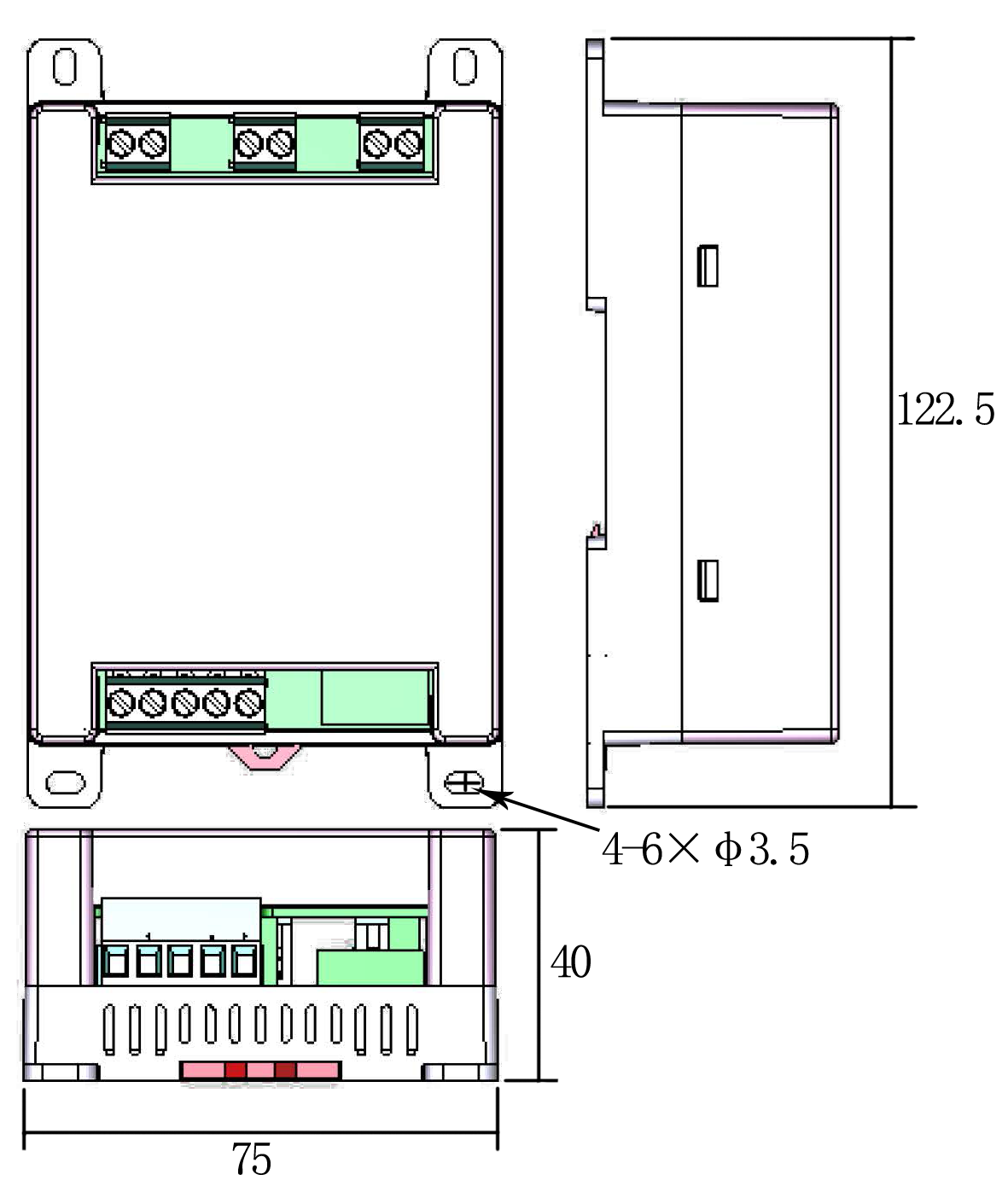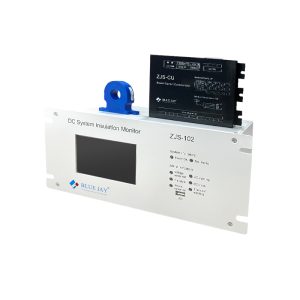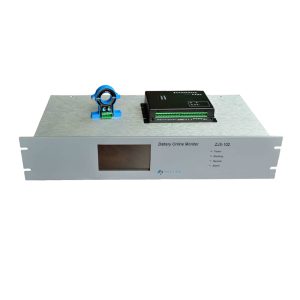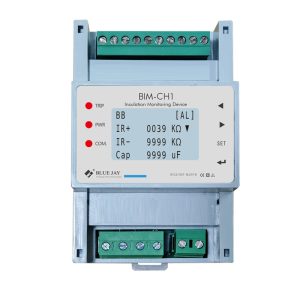Overview
GYDCG-UBCS1 Series Insulation Monitoring Relay is used in DC systems such as electric vehicle DC charging systems, photovoltaic systems, energy storage systems, and DC power grids.

Feature of the insulation monitoring relay
- Widely power supply range (10-30V)
- Widely insulation monitoring range (100V~1000VDC)
- Insulation monitoring equipment self-test
- Adaptive capacitance to ground
- Convenient parameter setting
- Remote monitoring and management
- Monitor positive and negative poles
- Ground insulation resistance
- Voltage reverse polarity alarm
- Real-time monitoring of insulation resistance
- Din Rail mounting or screw fixing.
- Insulation monitoring equipment self-test
- RS485 remote monitoring and management
- The internal resistance of the insulation monitoring module to ground is 3MΩ or 600KΩ.
- Monitoring accuracy can be as high as within 1%.
Working principle of GYDCG-UBCS1 Series Insulation Monitoring Relay
The GYDCG-UBCS1 insulation monitoring relay adopts the bridge method circuit, as shown in the figure below. After the insulation monitoring is powered on, the grounding switch K is turned off by default. After the insulation monitoring is turned on, the grounding switch K is closed, and the insulation resistance value of the positive and negative poles to the ground or the voltage value of the positive and negative poles to the ground can be read. When the insulation monitoring is turned on, the low voltage or insulation resistance data is updated in real time. The update period of the positive and negative insulation resistance data is 0.7s~2s, and the update period of the positive and negative electrodes to ground voltage is 100ms. After the insulation monitoring is turned off, the grounding switch K is opened, and thereafter it has no valid value for low voltage or insulation resistance.

Difference between standard GYDCG-UBCS1 and GYDCG-UBCS1-ST
The main difference is that GYDCG-UBCS1-ST has internal self-test and two working modes. The details are in the following:
1. The two working modes of GYDCG-UBCS1-ST insulation monitoring relay are Automatically switch to bridge mode or fixed bridge mode.
Automatic switching bridge mode means that the insulation monitor automatically switches the internal positive and negative poles to ground resistance (RP and RN). This mode monitors the insulation resistance to ground. After the relay is powered on, the default is automatic switching bridge mode.
Fixed bridge mode means that the internal positive and negative pole-to-ground resistances (RP and RN) of the insulation monitor are fixed values. This mode monitors the positive and negative pole-to-ground voltages.
2. Internal self-test of GYDCG-UBCS1-ST
When the DC voltage is ≥100V and the module is turned off, the module will automatically perform self-test on its internal circuit (no control required) with a self-test period of 5 seconds. When the sampled value of the bridge voltage matches the bridge resistance value, it means that the self-test is qualified. You can determine whether the current device self-test is qualified by reading Bit4 of the 0x0014 register. If the self-test is qualified, it is “1”; if it is not qualified, it is “0”. If the self-test results are not updated, the last result will remain unchanged.

-1-600x600.png)
-600x600.png)
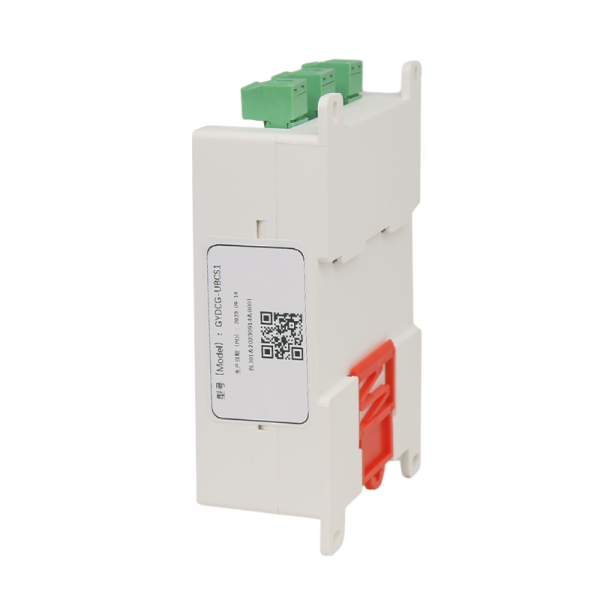
-600x600.png)

